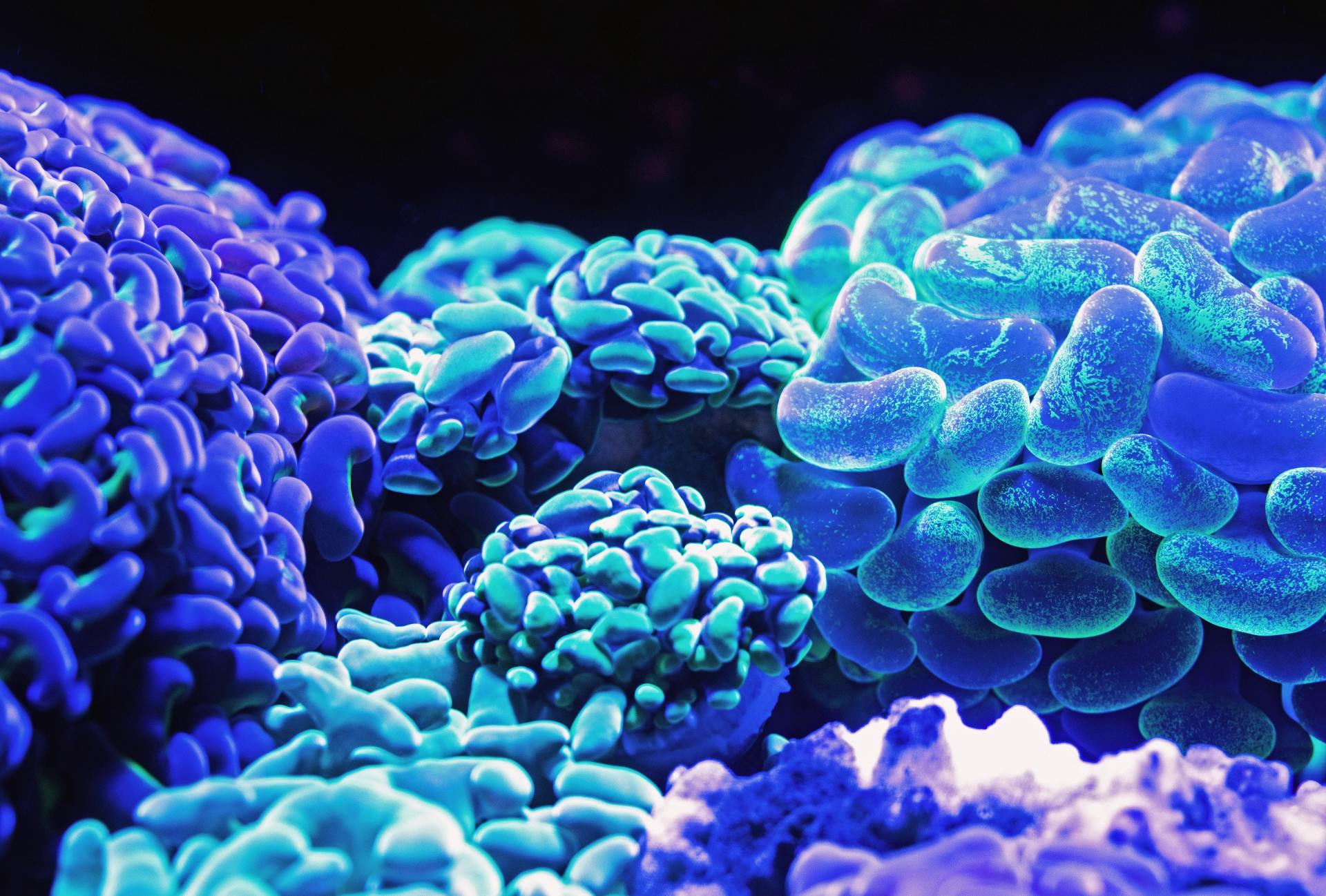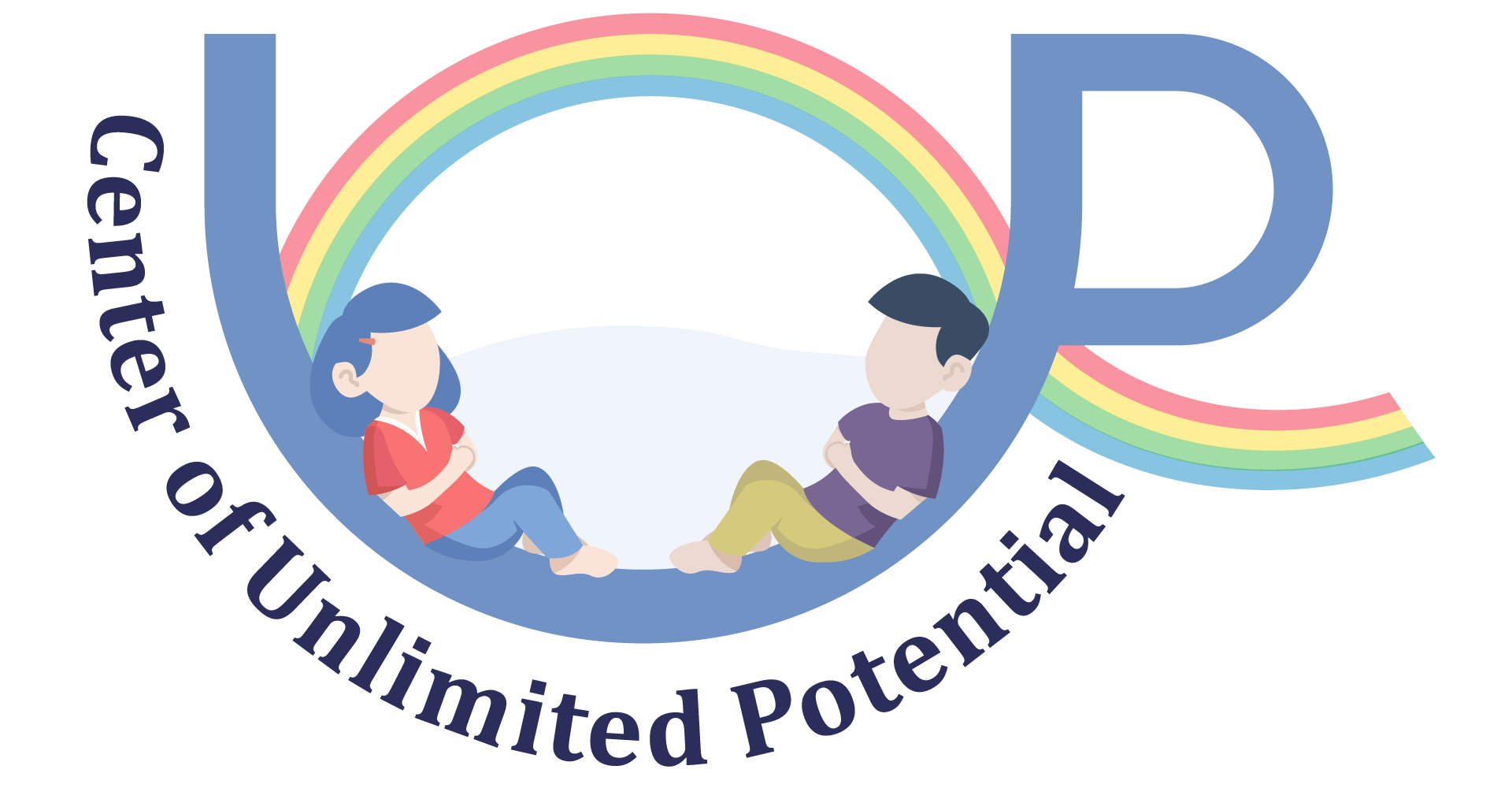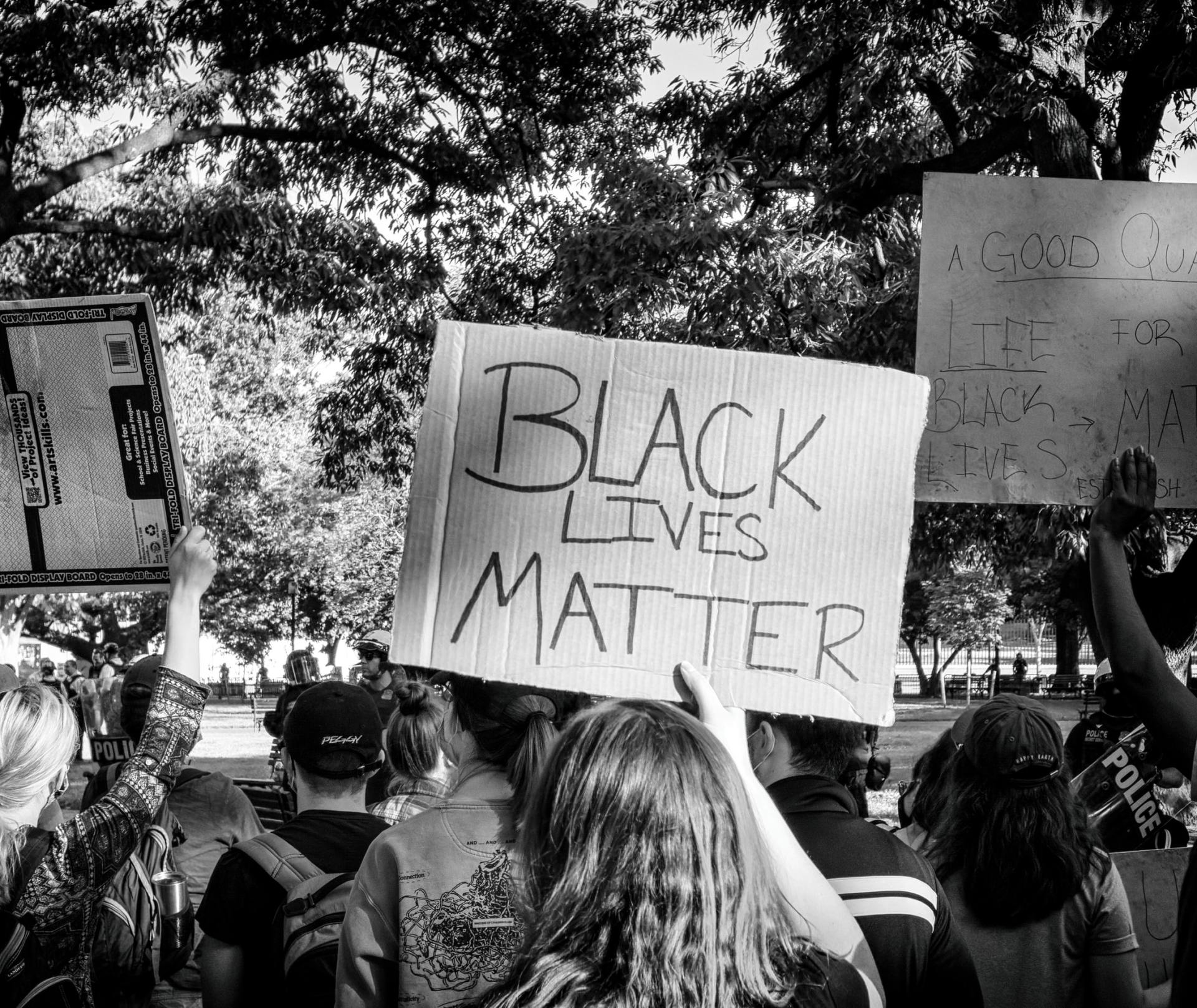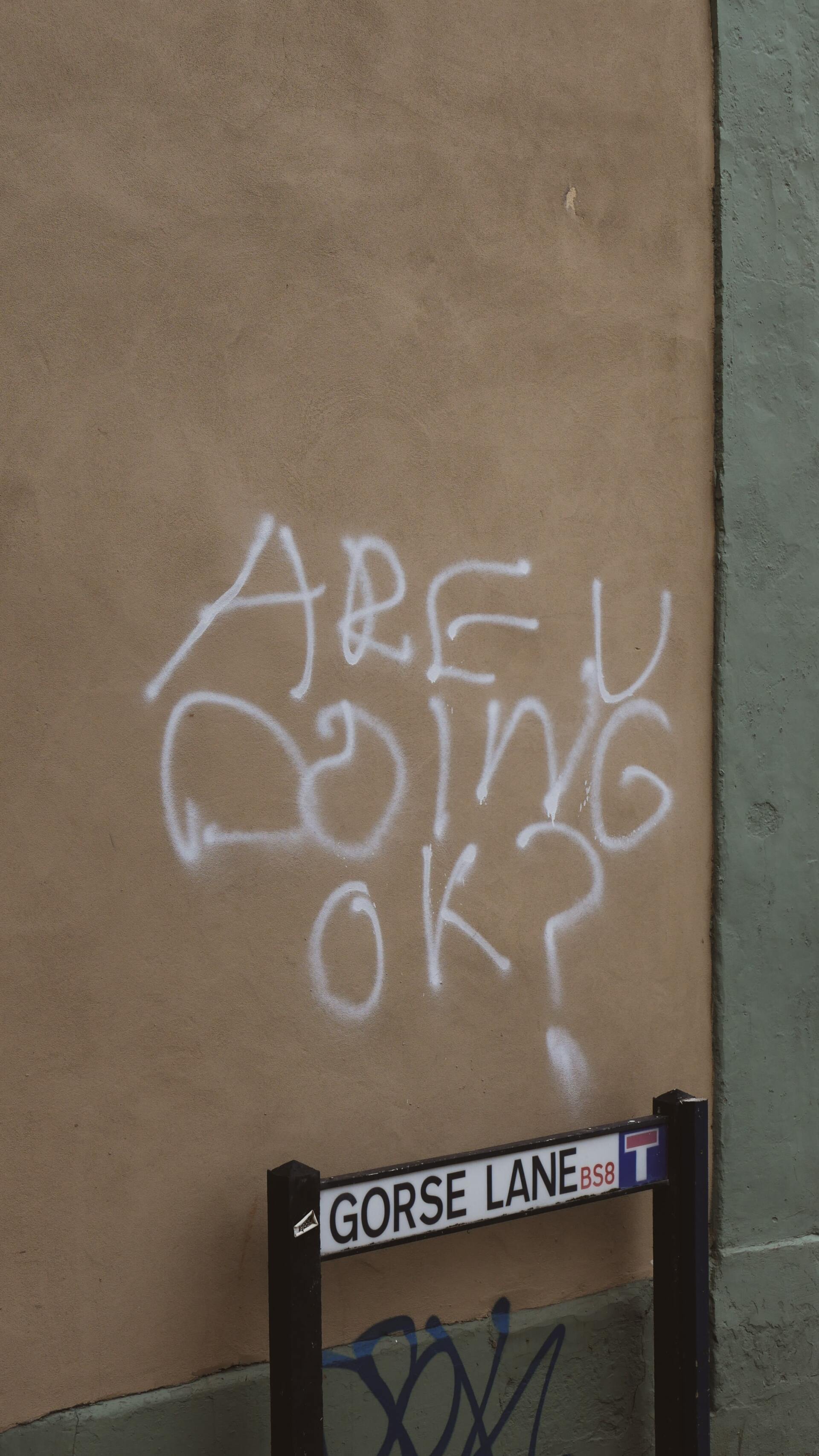In the news

The National Alliance on Mental Illness (NAMI) today released the following statement from CEO Daniel H. Gillison, Jr., regarding recent racist incidents across the country and their impact on mental health: “The effect of racism and racial trauma on mental health is real and cannot be ignored. The disparity in access to mental health care in communities of color cannot be ignored. The inequality and lack of cultural competency in mental health treatment cannot be ignored. “Our nation’s African American community is going through an extremely painful experience, pain that has been inflicted upon this community repeatedly throughout history and is magnified by mass media and repeated deaths. We stand with all the families, friends and communities who have lost loved ones senselessly due to racism. And, with more than 100,000 lives lost to the coronavirus pandemic - disproportionately from minority communities - these recent deaths add gasoline to the fire of injustice. “While there is much we need to do to address racism in our country, we must not forget the importance of mental health as we do so. Racism is a public health crisis. “As the nation’s largest grassroots mental health organization, it is our responsibility to serve all. While as an organization we are still early in our intentional Diversity, Equity and Inclusion journey and have much to do, we have renewed our commitment to our values. We continue to strive to deliver help and hope to all who need it. “NAMI stands in solidarity with everyone impacted across the country. You are not alone.” Black Mental Health Resources There are a variety of mental health resources available for people of color, but we have provided a few examples below. Please note: The resources included here are not endorsed by NAMI, and NAMI is not responsible for the content of or service provided by any of these resources. Black Emotional and Mental Health Collective (BEAM) Group aimed at removing the barriers that Black people experience getting access to or staying connected with emotional health care and healing. They do this through education, training, advocacy and the creative arts. Black Men Heal Limited and selective free mental health service opportunities for Black men. Black Mental Health Alliance - (410) 338-2642 Provides information and resources and a “Find a Therapist” locator to connect with a culturally competent mental health professional. Black Mental Wellness Provides access to evidence-based information and resources about mental health and behavioral health topics from a Black perspective, as well as training opportunities for students and professionals. Black Women’s Health Imperative Organization advancing health equity and social justice for Black women through policy, advocacy, education, research and leadership development. Boris Lawrence Henson Foundation BLHF has launched the COVID-19 Free Virtual Therapy Support Campaign to raise money for mental health services provided by licensed clinicians in our network. Individuals with life-changing stressors and anxiety related to the coronavirus will have the cost for up to five (5) individual sessions defrayed on a first come, first serve basis until all funds are committed or exhausted. Brother You’re on My Mind An initiative launched by Omega Psi Phi Fraternity, Inc. and NIMHD to raise awareness of the mental health challenges associated with depression and stress that affect Black men and families. Website offers an online toolkit that provides Omega Psi Phi Fraternity chapters with the materials needed to educate fellow fraternity brothers and community members on depression and stress in Black men. Ebony's Mental Health Resources by State List of Black-owned and focused mental health resources by state as compiled by Ebony magazine. Henry Health Provides culturally sensitive self-care support and teletherapy for Black men and their families. Currently in pilot program available only to residents of MD, VA and DC. Residents of other states can join their waiting list and will be notified when Henry Health is available in their state. Melanin and Mental Health Connects individuals with culturally competent clinicians committed to serving the mental health needs of Black & Latinx/Hispanic communities. Promotes the growth and healing of diverse communities through its website, online directory and events. Ourselves Black Provides information on promoting mental health and developing positive coping mechanisms through a podcast, online magazine and online discussion groups. POC Online Classroom Contains readings on the importance of self care, mental health care, and healing for people of color and within activist movements. Sista Afya Organization that provides mental wellness education, resource connection and community support for Black women. Therapy for Black Girls Online space dedicated to encouraging the mental wellness of Black women and girls. Offers listing of mental health professionals across the country who provide high quality, culturally competent services to Black women and girls, an informational podcast and an online support community. The SIWE Project Non-profit dedicated to promoting mental health awareness throughout the global Black community. The Steve Fund Organization focused on supporting the mental health and emotional well-being of young people of color. Unapologetically Us Online community for Black women to seek support. Self-Care For People Of Color We recognize that many mental health conditions are being triggered as a result of the coronavirus, the economic crisis and repeated racist incidents and death. Learn more about mental health conditions including anxiety disorders , depression and posttraumatic stress disorder . Article on coping with anticipatory grief Article on coping with traumatic stress Article on Racial Battle Fatigue Treatment Directories Association of Black Psychologists Directory Inclusive Therapists Innopsych LGBTQ Psychotherapists of Color Directory National Queer and Trans Therapists of Color Network Psychology Today Directory of African American Therapists Therapy for Black Men Educational Resources On Racism And Inequality Understanding The Context Of Racism And Recent Events Video on understanding racism and the reactions to the death of George Floyd and many others Video on understanding the perspectives of your colleagues of color Article on “White Privilege: Unpacking the Invisible Knapsack” List of Anti-Racism resources Understanding The Context Of Racial Inequality That Impacts Mental Health APA Best Practices on working with Black patients APA Mental Health Facts for Black Americans (2017) Understanding And Addressing The Social Determinants Of Health That Impact Mental Health Article on improving the health of Black Americans and the overdue opportunity for social justice Video on understanding the social determinants of health and toxic stress Video on the social determinants of toxic stress, specifically race and ethnic toxic stress APA Stress & Trauma Toolkit for treating Black Americans in a changing political and social environment The Robert Wood Johnson Foundation Page on Achieving Health Equity – Information about why health equity matters and what you can do to help give everyone a fair shot at being as healthy as they can be. Ways To Take Action As An Ally Or Champion For People Of Color Article on being a white ally through word, actions and power Article on being a white ally for racial justice Community based organizations to partner with: Color of Change , Black Lives Matter , Change Zero , The Innocent Project Books To Read White Fragility: Why It's So Hard for White People to Talk About Racism by Robin DiAngelo, PhD How To Be An Antiracist by Dr. Ibram X. Kendi Eloquent Rage: A Black Feminist Discovers Her Superpower by Dr. Brittney Cooper Me and White Supremacy by Layla F. Saad So You Want to Talk About Race by Ijeoma Oluo The Fire Next Time by James Baldwin The New Jim Crow: Mass Incarceration in the Age of Colorblindness by Michelle Alexander The Next American Revolution: Sustainable Activism for the Twenty-First Century by Grace Lee Boggs The Warmth of Other Suns by Isabel Wilkerson When Affirmative Action Was White: An Untold History of Racial Inequality in Twentieth-Century America by Ira KatznelsonThe new season is a great reason to make and keep resolutions. Whether it’s eating right or cleaning out the garage, here are some tips for making and keeping resolutions.

I was recently reading a blog post and noticed that someone in the comment section asked the question: “What does it mean when we refer to someone as a survivor?” We hear about “survivors” of domestic violence and “survivors” of sexual assault all the time, but what does it mean when we refer to people in this way? I thought this was a good question to explore. The description provided by the National Crime Victim Law Institute states a survivor is “a person who endures adversity, moves through it, and perseveres, or a person with resiliency who remains undefeated.” I like that definition. Below, I describe how this definition applies to the four stages that trauma survivors might experience as they heal. STAGE 1: SILENCE People who experience adverse situations, such as a traumatic event involving actual or threatened danger, face incredible challenges. The initial stage following a traumatic event is often a time of silence for the victim. It’s common for recently victimized people to refuse to talk about what happened. This may be due to a number of things, including stigma, isolation , shame , guilt , confusion, or denial about the event. A person emerging from trauma may have low self-esteem at first and may feel overwhelmed and disconnected from the rest of the world. STAGE 2: VICTIMHOOD Eventually, the traumatized self may start to long for change as the ongoing suffering interferes with daily life tasks and a need to grow and recover begins to form. As this need grows, it allows the person to begin exploring ways to move through the trauma. According to available research, there is often a tug-of-war taking place within the individual between a need to be safe and protect emotions and a need to grow and confront the traumatic memories .The person may feel compelled to talk openly with everyone about what happened and the suffering he or she experienced. Some people will likely be more willing than others to listen. For people working their way through the stage of victimization, having someone to listen and support them as they process the event can be critical to their ability to move forward into survivorhood. Many people find support groups helpful during this stage and may seek counseling or other support. STAGE 3: SURVIVORHOOD Once a person processes the traumatic event and continues transitioning away from the victim experience, he or she often begins identifying as a survivor. During this stage, a person has had an opportunity to talk about his or her experience and has gained some sense of clarity. He or she may begin to identify the ways in which he/she persevered and the strengths that helped make moving forward possible. The person hasn’t forgotten the event, but he or she has a greater understanding about what the event means and the impact it has made on his or her life. Reaching the stage of survivorhood doesn’t happen overnight. It may take months or even years to work through the victim stage and reach the point where one feels that the wounds are healing and a sense of relief is possible. Also, the process of healing is not linear. Survivors take one step forward and two steps back sometimes, and moving through it all and persevering may coincide with feeling hopeful one day and damaged and wounded the next. People in the survivor stage tend to spend less and less time feeling wounded as they continue learning new tools and recognizing themselves as resilient. STAGE 4: THRIVING AND TRANSCENDENCE Most people I’ve worked with seem content reaching the stage of survivorhood. They feel like they are managing challenges better and have a greater awareness about themselves and their experiences. Other people, The person hasn’t forgotten the event, but he or she has a greater understanding about what the event means and the impact it has made on his or her life. however, have told me they’re not done growing, and some of them have even said they don’t want to be called a survivor. This group becomes the thriving group, people who transformed their experiences into a meaningful personal narrative and will not be defined by their adversity. They feel healed and safe, and take appropriate risks in seeking connection with others, such as asking a new neighbor out for coffee. They don’t feel the need to tell their stories unless it benefits someone else. “Thrivers” feel motivated to take part in the community and may seek out volunteer opportunities or other ways to help others. Of course, this is only one model of healing and one definition of what it means to be a survivor. Every person who experiences a distressing event may have his or her own ideas about what it means to pull through a traumatic time or event. There are so many good reasons to communicate with site visitors. Tell them about sales and new products or update them with tips and information.

Our brains are amazing. They are the control centers for our whole body, and they make us who we are. But for some people, it can feel like they are fighting a constant battle with their brain. People who have experienced trauma, such as violence, abuse, a serious injury or a natural disaster, are at risk for developing a condition called Post-Traumatic Stress Disorder (PTSD). PTSD impacts the way in which a person’s brain functions. There are three specific areas of the brain that are impacted by traumatic events. The first is called the amygdala. The amygdala’s job is to help control emotions, survival instincts, and memory. This is the area of the brain responsible for our “fight or flight” response. For someone who has experienced trauma, the amygdala can become hyperactive, making the person intensely aware of everything around them. This is the brain’s way of making sure that the person is able to get away from people, places or events which might cause them harm. This can make it very difficult for someone to relax, sleep or find joy in activities outside of their “comfort zone.” The second area of the brain that is impacted is called the hippocampus. This area of the brain aids in learning and memory. Studies have shown that people who have experienced traumatic events may have a smaller hippocampus than those who haven’t. Research has shown that this may be due to hormones that are released when someone experiences frequent, high levels of stress. Prolonged exposure to these hormones can damage or destroy cells in the hippocampus. People with PTSD may have a hard time forming memories, but may have vivid memories of the trauma they have experienced. Situations that remind people of their trauma can cause feelings of extreme panic and fear. The third area of the brain that is impacted is called the prefrontal cortex. This part of the brain is responsible for regulating emotions. The prefrontal cortex helps to control the activity of the amygdala. For people who have not experienced significant trauma, their prefrontal cortex will signal to the amygdala that certain situations or people are safe. This will calm down the “fight or flight” response. However, in people who have experienced trauma, the prefrontal cortex will have a hard time regulating fear and other emotions. This can lead to frequent feelings of panic and anxiety as well as dysfunctional reactions to situations that are not harmful. So what does this all mean? For people who have experienced trauma, their brains have developed a way to help keep them safe. They become hyper-aware of their surroundings and feelings of fear often keep them from situations they perceive as dangerous. Unfortunately, this also means that people with PTSD may experience frequent fatigue, restlessness, fear and miss out on enjoyable activities. The good news? These changes in the brain are not permanent! There are different types of therapies that have been shown to help people overcome the impact PTSD has had on their life. Desensitization Therapy and Trauma-Focused Cognitive Behavioral Therapy (TF-CBT) are just two types of treatments which have been shown to be successful in helping to combat symptoms of PTSD. Certain medications have also been shown to be helpful for people who have experienced trauma. If you or someone you know has experienced trauma, please reach out for assistance. Your primary doctor or care coordinator can be a great source of information and can help refer you to someone who can help. You can find joy and peace again!
Let's Talk
The first step in therapy is talking. Let's find a time where we can meet and talk about what's on your mind.




